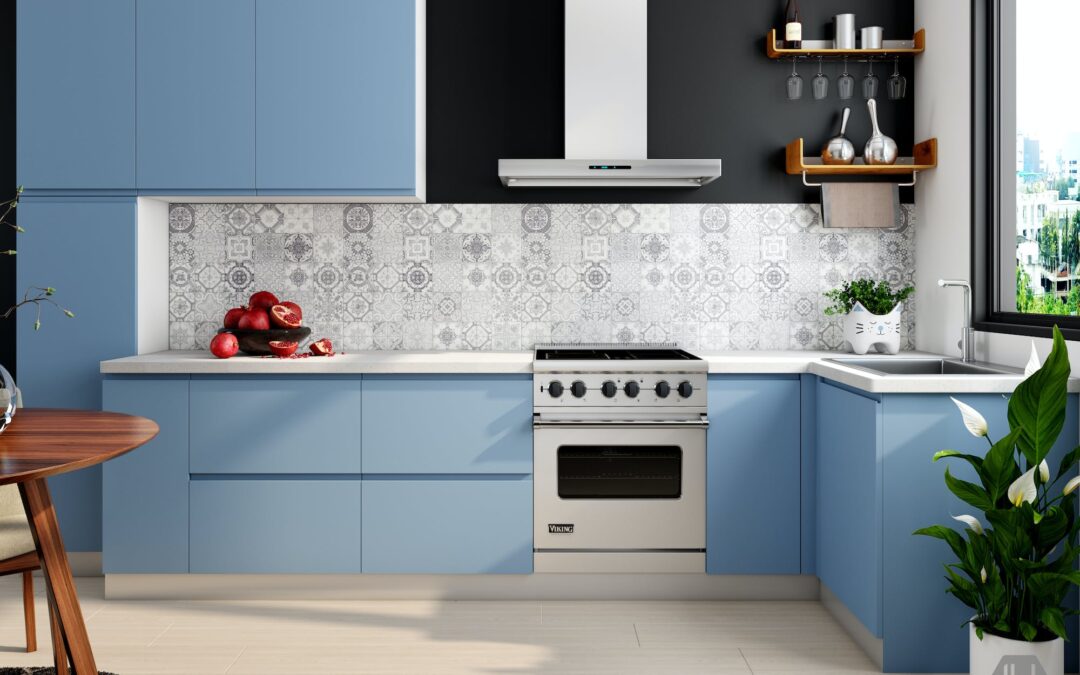
A well-designed kitchen is the heart of any home. It's a place where meals are prepared, conversations are had, and memories are made. When it comes to designing a kitchen layout, functionality and style are key. A well-thought-out design can make a big difference in how you use your kitchen on a daily basis. In this article, we'll explore expert tips and tricks to help you create a functional and stylish kitchen layout that suits your needs and reflects your personal taste.
One of the key trends in kitchen design in Thousand Oaks is the use of natural materials such as wood, stone, and marble. These materials not only add a sense of warmth and luxury to the space but also create a timeless and elegant aesthetic. Additionally, homeowners in Thousand Oaks often opt for sleek and minimalist cabinetry and countertops to give their kitchens a clean and contemporary look.
1. Consider Your Workflow
When designing a kitchen layout, it's essential to consider how you use the space on a daily basis. Your kitchen's layout should support your workflow and make tasks like cooking, cleaning, and storage more efficient. Here are some tips to help you optimize your kitchen's workflow:
- Place your stove, sink, and refrigerator in a triangle formation to create a functional work triangle.
- Ensure there is enough counter space near your appliances for food prep.
- Include ample storage solutions to keep your kitchen organized and clutter-free.
- Consider incorporating a kitchen island for additional workspace and seating.
2. Maximize Storage
Storage is essential in any kitchen to keep clutter at bay and maintain a tidy space. Maximizing storage in your kitchen layout can help you make the most of your available space. Here are some storage solutions to consider:
- Install tall cabinets to take advantage of vertical space.
- Incorporate pull-out drawers and shelves for easy access to pots, pans, and other items.
- Use hanging racks or hooks to store pots, pans, and cooking utensils.
- Consider a pantry or built-in shelving for storing dry goods, small appliances, and bulk items.
3. Choose the Right Lighting
Lighting plays a crucial role in setting the mood and functionality of your kitchen. Proper lighting can enhance the design of your space, make tasks easier, and create an inviting atmosphere. Here are some lighting tips for your kitchen layout:
- Incorporate a mix of ambient, task, and accent lighting for a well-lit space.
- Install under-cabinet lighting to illuminate countertops for food prep.
- Include pendant lights over an island or dining table for added ambiance.
- Consider adding dimmer switches to control the brightness of your lighting and set the mood.
4. Add Personality with Design Elements
Your kitchen layout should not only be functional but also reflect your personal style and taste. Adding design elements can help infuse personality into your space and make it feel like home. Here are some ways to add personality to your kitchen:
- Choose a color scheme that complements your home's decor and reflects your style.
- Incorporate texture through materials like stone countertops, tile backsplashes, and wood cabinetry.
- Add decorative elements like artwork, plants, or a statement light fixture to enhance the design of your kitchen.
- Consider incorporating a focal point, such as a bold backsplash or a kitchen island, to draw attention and make a statement.
5. Consult with a Professional
Designing a functional and stylish kitchen layout can be a daunting task, especially if you're not sure where to start. Consulting with a professional designer or kitchen planner can help you bring your vision to life and ensure that your space is both beautiful and practical. Here are a few reasons why you should consider working with a professional:
- A professional designer can help you optimize your kitchen layout for efficiency and functionality.
- They can offer valuable insight and expertise on the latest design trends and products.
- Working with a professional can save you time, money, and stress by avoiding costly mistakes and ensuring that the project is completed to a high standard.
- They can help you create a cohesive design that reflects your personal style and meets your specific needs and preferences.
Creating a functional and stylish kitchen layout requires careful planning and attention to detail. By following these expert tips and tricks, you can design a kitchen that not only looks great but also works well for your everyday needs. Whether you're renovating an existing kitchen or building a new one, incorporating these ideas into your design can help you create a space that you'll love for years to come.